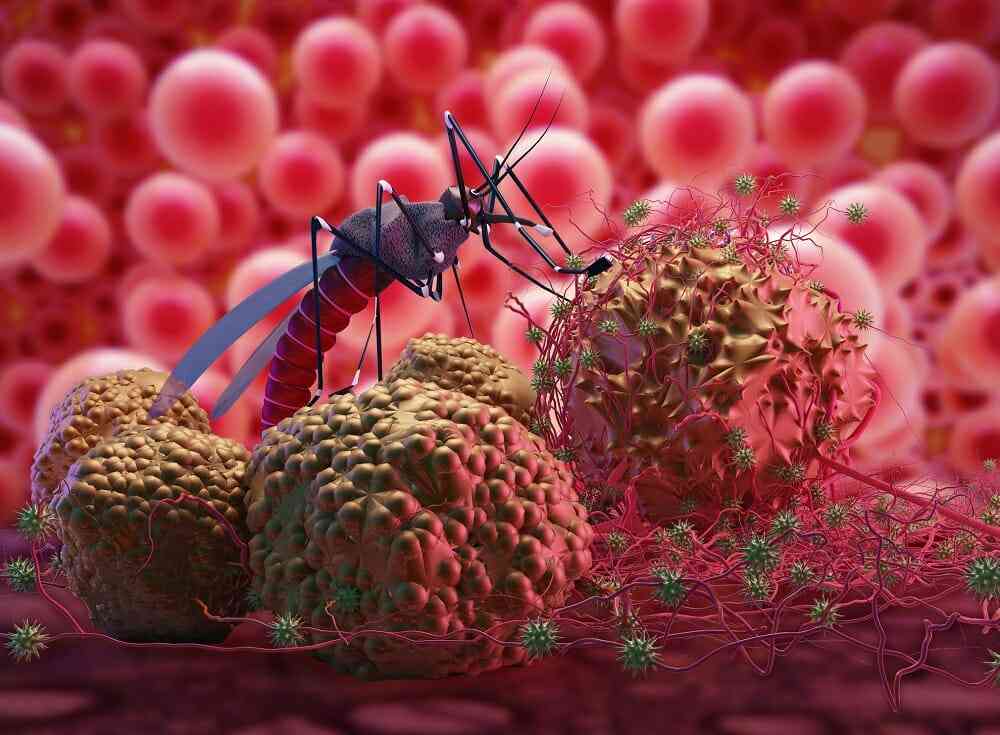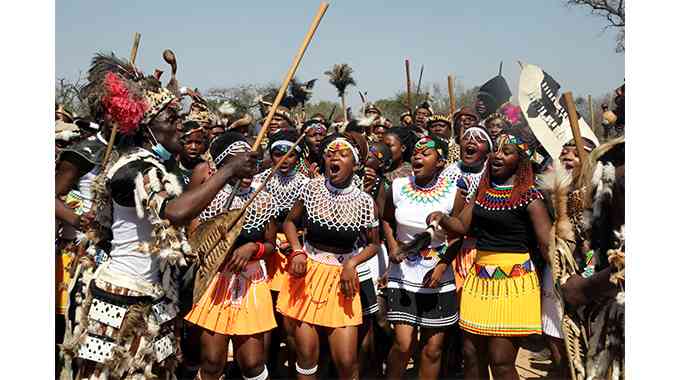
The Health and Child Care ministry and the International Federation of Red Cross and Red Crescent Societies (IFRC) have painted a grim picture of the deadly malaria outbreak in Zimbabwe.
A disease surveillance report from the ministry for the week ending May 11 stated that malaria had claimed 253 lives out of 73 207 reported cases. In just one week, there were 33 deaths and 11 030 new cases. Mashonaland West province has emerged as a malaria hotspot, with 47 confirmed deaths and an overall case fatality rate of 0,33% as of May 2, 2025.
According to IFRC, the surge in malaria cases has placed additional pressure on healthcare facilities, especially in rural areas where resources are limited. Zimbabwe is in a precarious situation, lacking the capacity to cope with the growing number of cases due to the collapse of its health delivery system.
The withdrawal of donor aid has further compounded the crisis.
Clinics and hospitals are experiencing increased patient loads, leading to potential shortages of medical supplies and staff burnout.
The focus on managing the malaria outbreak has diverted attention and resources from other essential health services, including maternal and child health programmes, immunisation and chronic disease management.
Secondary effects of the outbreak include absenteeism from work among adults and from school among children, negatively impacting productivity, academic performance, and long-term educational outcomes.
Anxiety and stress levels have also risen, especially in high-infection areas, as people fear contracting the disease and worry about the availability of treatment.
- Red Cross honours volunteers
- Believe in the power of kindness
- Hunger stalks Chiredzi villagers
- Red Cross honours volunteers
Keep Reading
In addition to malaria, Mashonaland West is also dealing with a cholera outbreak that began on November 4, 2024, in Kariba district.
This dual burden has placed immense strain on the health system, exposing gaps in healthcare management.
Although malaria is endemic in Zimbabwe, the 2025 trend surpassed the seasonal threshold as early as week 6, according to IFRC.
The current outbreak has led to increased morbidity and mortality, indicating a significant rise in transmission.
This suggests possible shortcomings in preventive measures such as insecticide-treated net coverage, effective case management, vector control and disease surveillance.
Persistent hotspots and ongoing new cases highlight the difficulty in fully containing the outbreak.
Challenges such as gaps in vector control and delays in seeking treatment may be contributing to the continued spread.
This surge underscores the urgent need to strengthen coordinated response efforts, including community awareness campaigns, timely diagnosis and treatment and improved partner collaboration through platforms like provincial coordination meetings.
Targeted interventions are also required in high-burden districts to prevent further transmission and reduce death rates.
The outbreak has affected all demographic groups, but it is particularly severe among children under five, pregnant women, the elderly and people with comorbidities due to their weak immune systems.
Rural populations are disproportionately affected, largely due to increased exposure to mosquito bites in farming and mining areas and limited access to insecticide-treated nets.
Key activities such as indoor residual spraying and the distribution of long-lasting insecticide-treated nets remain critical in reducing transmission.
Previous experiences have shown the importance of early detection through strengthened surveillance and testing, which enable prompt and targeted responses.
These interventions will be prioritised for the most at-risk populations in high-incidence areas.
This response operation will also invest in community-based surveillance and rapid case detection at the household level to address existing gaps.
Effective community engagement has proven essential in promoting early treatment and behavioural change.
Drawing from successful cholera response efforts, the malaria campaign will incorporate locally-led education and risk communication strategies, tailored to reach vulnerable and mobile populations such as artisanal miners and rural farmers.
Trained community volunteers will play a pivotal role in health promotion and real-time feedback collection, ensuring that messages are culturally relevant and impactful, the IFRC added.






